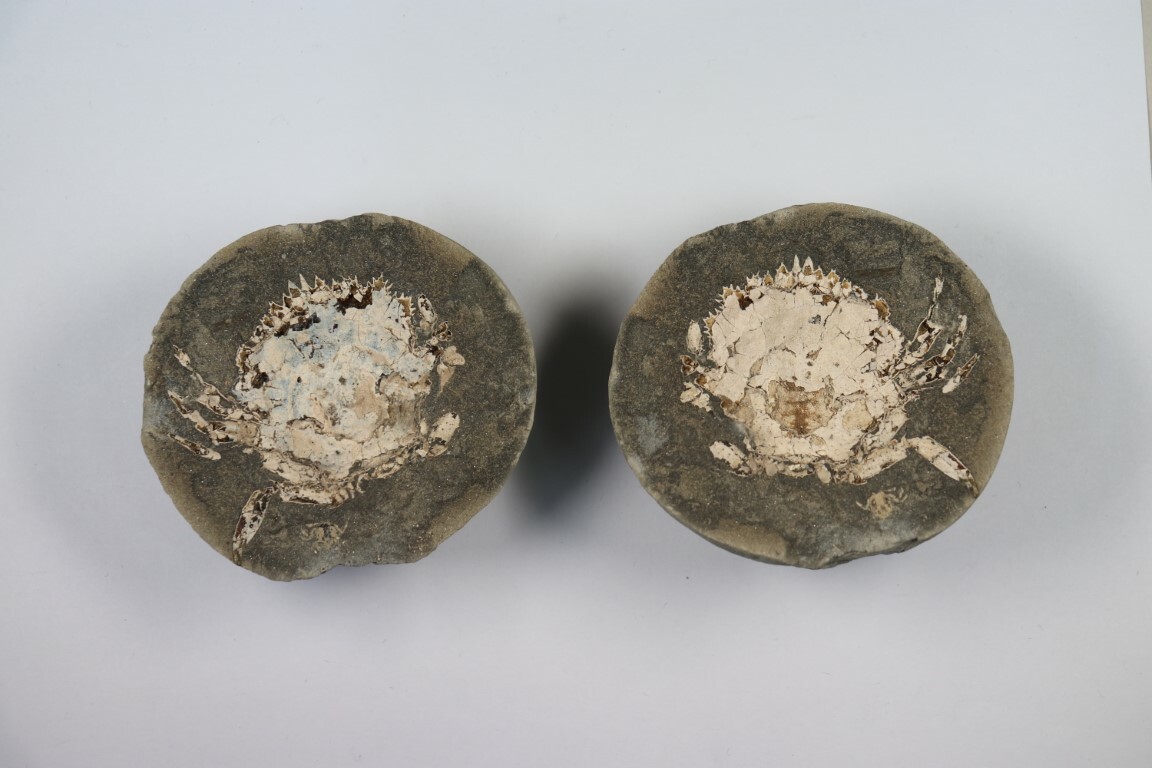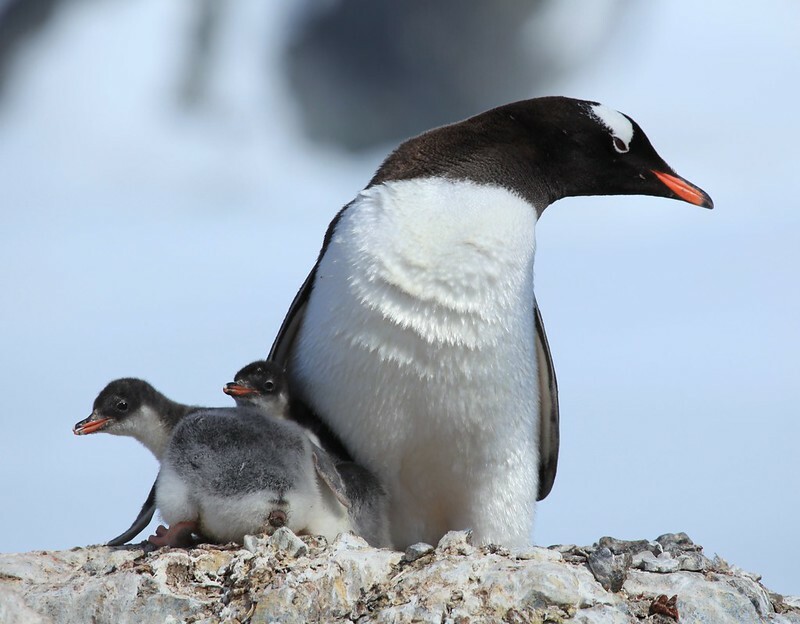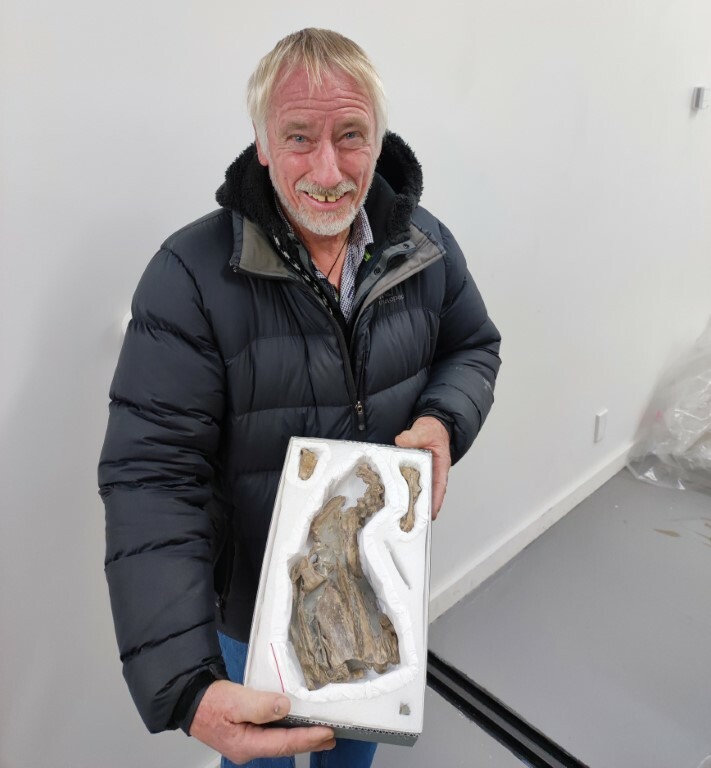During the 1967 Christmas holidays, 11-year-old Pete Tyree was staying with his family at their crib at Motunau Beach, an hour north of Christchurch.
Motunau Beach is well known as somewhere you can find fossil crabs trapped in boulders, which are thought to be about five million years old.
Pete and his brother Kevin were keen amateur palaeontologists and had already made several very interesting finds which they had taken into Canterbury Museum to get identified. However, none of these prepared Pete for the magnitude of what he would discover during the summer of 1967.

As the tide went out on the morning of 29 December, he was walking on the beach south of the village when he saw an odd-shaped rock. On examining it more closely he saw two round holes in one end which were surrounded by orange bone, and he suspected that this was no crab.
Pete brought the specimen to the Museum on 9 January 1968. It was examined by Museum geologist Don Gregg and bird bone expert Ron Scarlett, who concluded that the specimen was a large bird of some type. The Museum was very keen to study this find further and Pete was happy to donate the specimen to the Museum for this purpose.
Astonishingly, just six months later in July 1968, another 11-year-old fossil hunter, Alan Ridgen, found a very similar boulder less than half a mile from the site of Pete’s find. This was also donated to the Museum.
Late in 1968, the famous American palaeontologist George Gaylord Simpson visited Canterbury Museum and recognised both fossils as those of penguins, most likely belonging to new extinct species. With permission from the New Zealand Government, Simpson exported both fossils back to his lab in Tucson, Arizona where he expertly prepared and studied them.

In 1972, Simpson described both as new species which he named after the boys: Aptenodytes ridgeni or Ridgen’s Penguin and Pygoscelis tyreei or Tyree’s Penguin. The specimens were returned to New Zealand and have been on and off display over the years. The Museum provided both boys with casts of their finds, but Pete moved to Southland in his twenties and until recently hadn’t seen his penguin in more than 50 years!
Pete turned his scientific curiosity into a career with the University of Canterbury’s Geography Department and later with the Department of Conservation and Heritage Expeditions. He recently retired.
He had often thought about his penguin and during a recent visit to Christchurch contacted me to see if the Museum still had it and if he and his family could see it. Naturally I said yes – this is precisely my job and it's one of the reasons the Museum cares for these treasured taonga. So on 29 June 2022, 19,905 days after he discovered it, Pete Tyree was reunited with his penguin.

Few penguin fossils were found in New Zealand in the 1970s, 1980s and 1990s, but as more people have got involved in the last 20 years in rockhounding and amateur fossil collecting, New Zealand museums now hold a treasure trove of both described and undescribed specimens.
In the last 20 years, 10 species have been described from Kawhia, the South Island and the Chatham Islands. At least 10 more held by museums are recognised as penguins but remain undescribed. Most recently, specimens in our collection from the southern Taranaki coast were described as the Dawn Penguin Eudyptes atatu.





